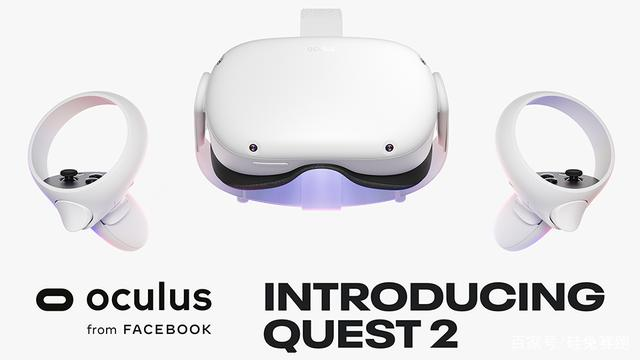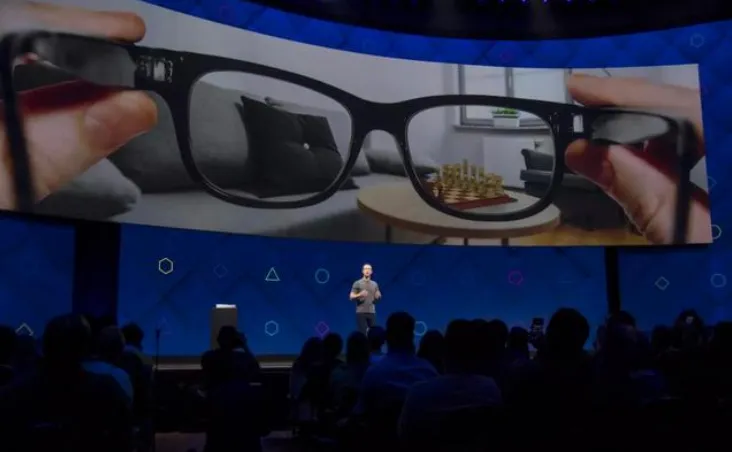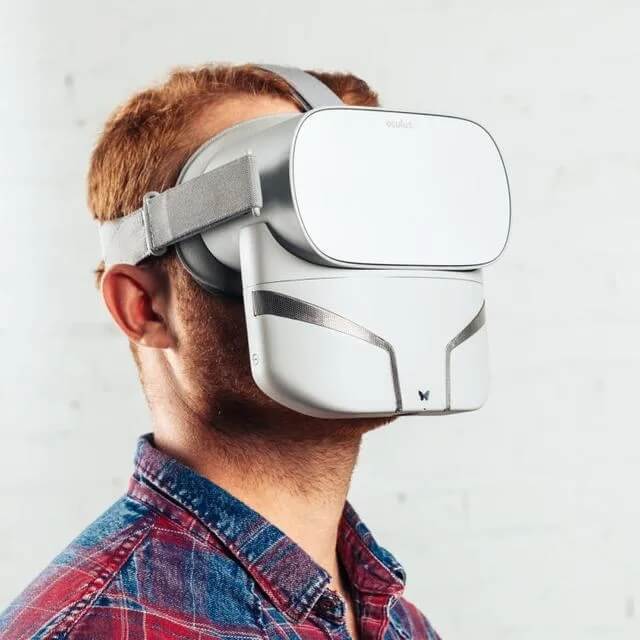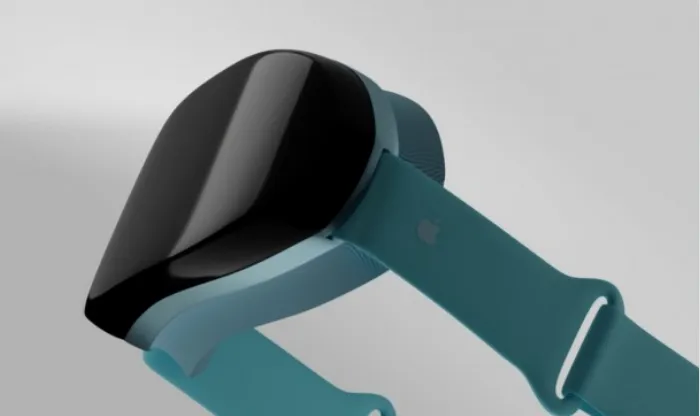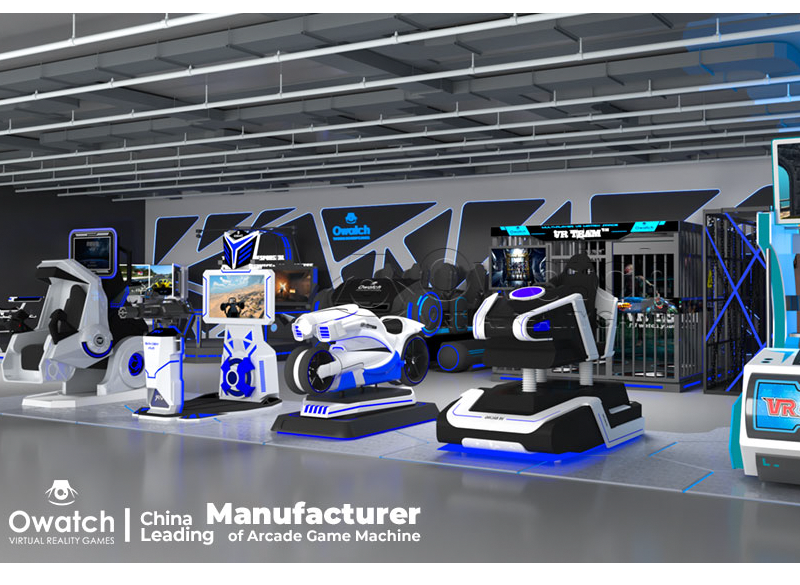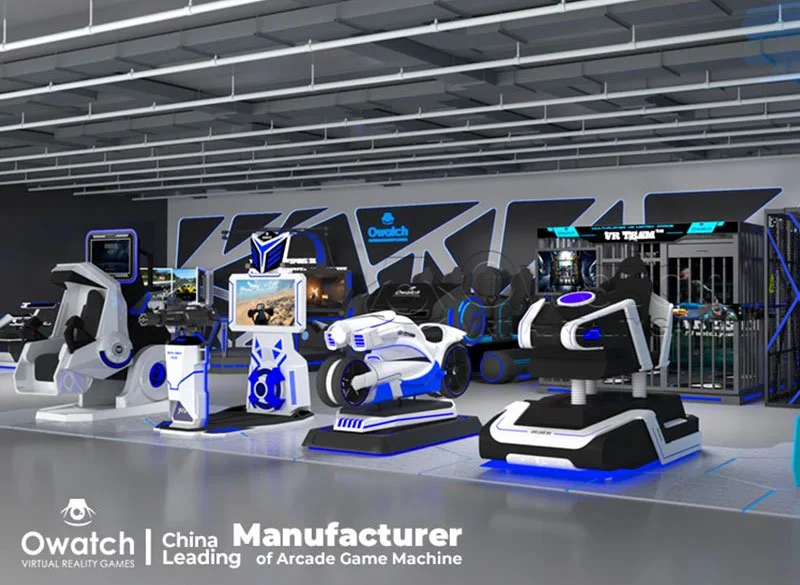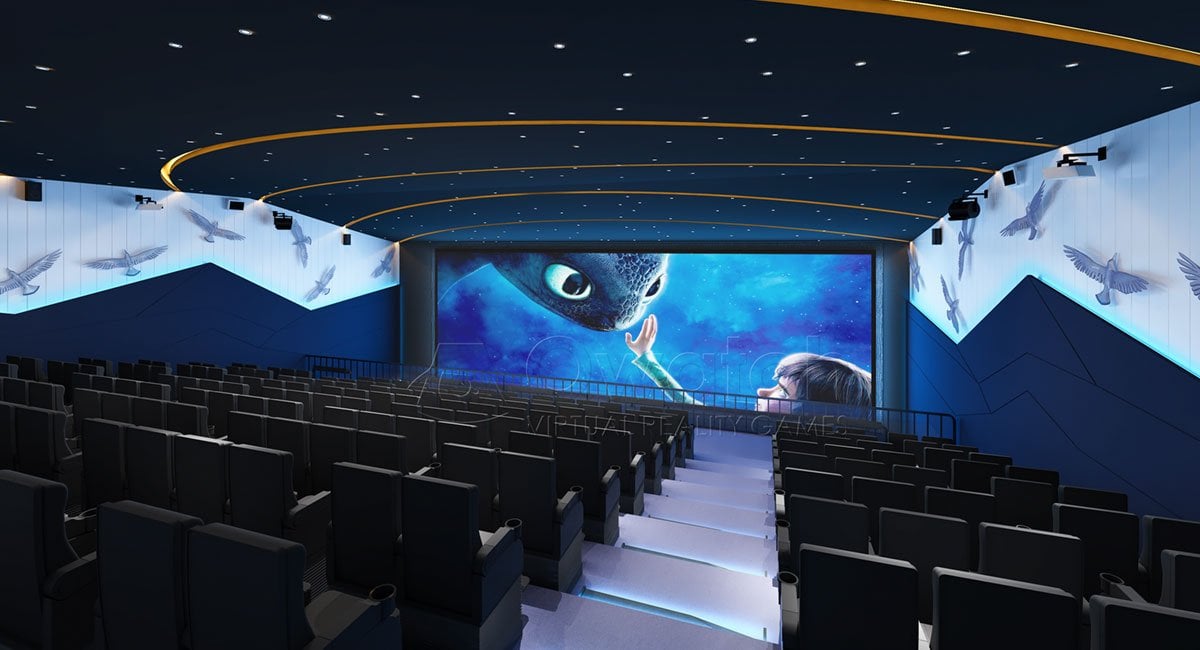When the wind of the Metaverse blows, VR / AR comes alive again. In 2014, meta (also known as Facebook at that time) acquired oculus, a VR startup company that had only been established for two years, at a price of US $3 billion, triggering a market boom; Around 2018, due to the bottleneck of technology and the lack of high-quality content, VR / AR failed to find a suitable commercial landing direction and suffered a “fever reduction”. Now meta leads the show again, and VR / AR takes the commercial imagination to a higher level under the background of the grand narrative of the meta universe.
According to a report by IDC, in 2021, the global volume of VR / AR head display reached 11.2 million units, a year-on-year increase of 92.1%. It is predicted that this figure will still increase by 46.9% in 2022; In the next few years, VR / AR shipments will maintain double-digit high-speed growth and exceed 50 million units in 2026. Zuckerberg once said when releasing oculus VR head display that when active users cross the threshold of 10 million, VR / AR content and ecology will usher in explosive growth. Now it seems that the time of qualitative change has come.
big manufacturers frequently take action to seize the next generation of intelligent platform
Looking back, the emergence of smart phones has led the arrival of the whole mobile Internet era. The richness of content and interactive forms carried by smart phones exceeds that of PC, TV and other media in the past, which has a great impact on the traditional media and brought a subversive impact on all aspects of society.
Today, it has been 14 years since the release of the first generation iPhone. Smartphones have fallen into a bottleneck in function and experience, shipments have been declining, and the market tends to be saturated. Many people believe that VR / AR will be the next generation of super media, and VR / AR devices will become the next smart platform after smart phones. Therefore, it is understandable that big manufacturers have made strong efforts and paid for the money to speed up the layout of the track and launch their own hardware and software ecology.
At present, meta has the highest market share, and its oculus Quest 2 released in 2020 occupies about 78% of the market with superior performance and low price. According to media reports, meta also plans to release two ar glasses as early as 2024. Among them, AR glasses called “project Nazare” do not need smart phones, but need to be equipped with a wireless device to assist in computing; Another cheaper ar glasses, hypernova, needs to be paired with a smartphone. According to meta’s plan, the company will successively launch ar glasses products in 2024, 2026 and 2028.
Google is a representative of getting up early and catching up late. Google glass ended in a fiasco in 2015. As a pioneer in AR exploration, it has left valuable lessons for other companies. In the following years, Google has stood still until nearly two years. Google’s parent company has successively acquired Canadian ar glasses manufacturer north and micro led company raxium, which shows that big brother is ready to make a comeback. At the beginning of 2022, the media exposed the AR head display project iris, and the product is expected to be launched as soon as 2024.In the b-end market, Microsoft hololens has an advantage. Apple has also continued to spread the news that it will release VR / AR head display.
VR / AR landing is not just for playing games
In terms of landing scenarios, when we mentioned VR / AR in the past, it was nothing more than games, video and entertainment. In fact, on the enterprise side, the application scenarios of VR / Ar are expanding.
Companies led by meta and Microsoft regard virtual office space as an important layout for developing the meta universe. Especially today, with the repeated epidemic and the rise of remote office, immersive virtual office experience has become the rigid demand of many enterprises.
For example, Accenture and Microsoft have jointly created a virtual space “nth floor”, where employees all over the world can gather, speak and work. About 100000 new employees join Accenture every year. They can handle induction and training in the virtual space. Thousands of employees have participated in dozens of activities through VR / AR head display. Recently, Accenture also purchased 60000 oculus Quest 2 for employee training, which is also the largest enterprise VR head display purchase so far.
The significance of VR / AR for enterprise training is not only cool or fun. Some evidence shows that this novel way can really improve the training effect for enterprises. One important aspect is that VR / AR training provides a realistic atmosphere, especially for practitioners in medical, service and other fields. This sense of authenticity and seriousness cannot be satisfied by the traditional “role-playing” training – role-playing is easy to be embarrassing or funny, or it will become a big stage for elite colleagues, and the training effect is often discounted.
In some specific industries, the value of VR / AR training is reflected in hard skills. OSSO VR, a VR company that provides surgical training and evaluation services for medical institutions, has calculated that the cost of holding an offline surgical training ranges from hundreds to thousands of dollars. Therefore, many people have few opportunities to participate in the training and fewer opportunities to learn rare disease surgery. With the help of VR equipment, medical personnel can carry out training anytime and anywhere, save costs, practice targeted at the same time, and help them improve their operation level.

